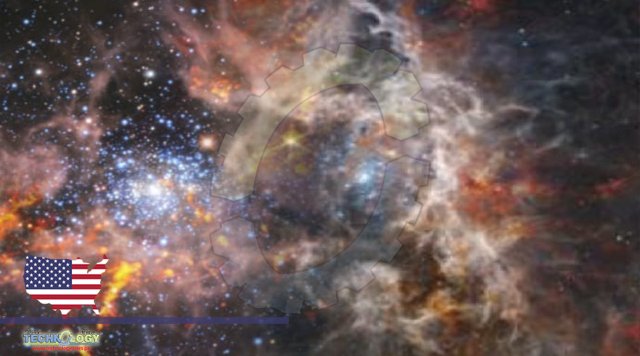After standing down on the Next Artemis I Launch Attempt on September 3 due to a hydrogen leak, teams have decided to make the necessary repairs while the Space Launch System rocket, or SLS, remains at Launch Pad 39B.

The mission will be the first integrated test of NASA’s Orion spacecraft, the SLS rocket, and the ground systems at Kennedy Space Center in Florida and will pave the way for human exploration of the Moon, Mars, and beyond. Follow along as Artemis I mission managers evaluate options for the next launch attempt by checking out the Artemis blog at blogs.nasa.gov/artemis. Next Artemis I Launch Attempt, On September 9, Vice President Kamala Harris chaired a National Space Council meeting at NASA’s Johnson Space Center in Houston, and spoke to NASA astronauts Bob Hines, Jessica Watkins, and Kjell Lindgren aboard the International Space Station. The council discussed a variety of topics including human space exploration, rules for emerging space activities, and STEM education.
NASA also confirmed an extension for the Center for the Advancement of Science in Space, or CASIS, to continue managing the space station, and discussed new space grant awards for STEM students.Next Artemis I Launch Attempt, NASA’s James Webb Space Telescope captured thousands of never-before-seen young stars in a new image of stellar nursery 30 Doradus, also known as the “Tarantula Nebula.” Located about 161,000 light-years away from us in the Large Magellanic Cloud, the nebula is the largest and brightest star-forming region near our own galaxy, and is home to the hottest, most massive stars known. One of the reasons the Tarantula Nebula is interesting to astronomers is the furious rate at which it produces new stars. NASA’s Double Asteroid Redirection Test, or DART, spacecraft recently got its first look at Didymos, the double-asteroid system that includes its target, Dimorphos. The first look is a composite of 243 images taken by a camera onboard the spacecraft. On September 26, DART will intentionally crash into Dimorphos, the asteroid moonlet of Didymos. While the asteroid poses no threat to Earth, this will be the world’s first test of the kinetic impact technique, using a spacecraft to deflect an asteroid for planetary defense.
Source: This news is originally published by scitechdaily